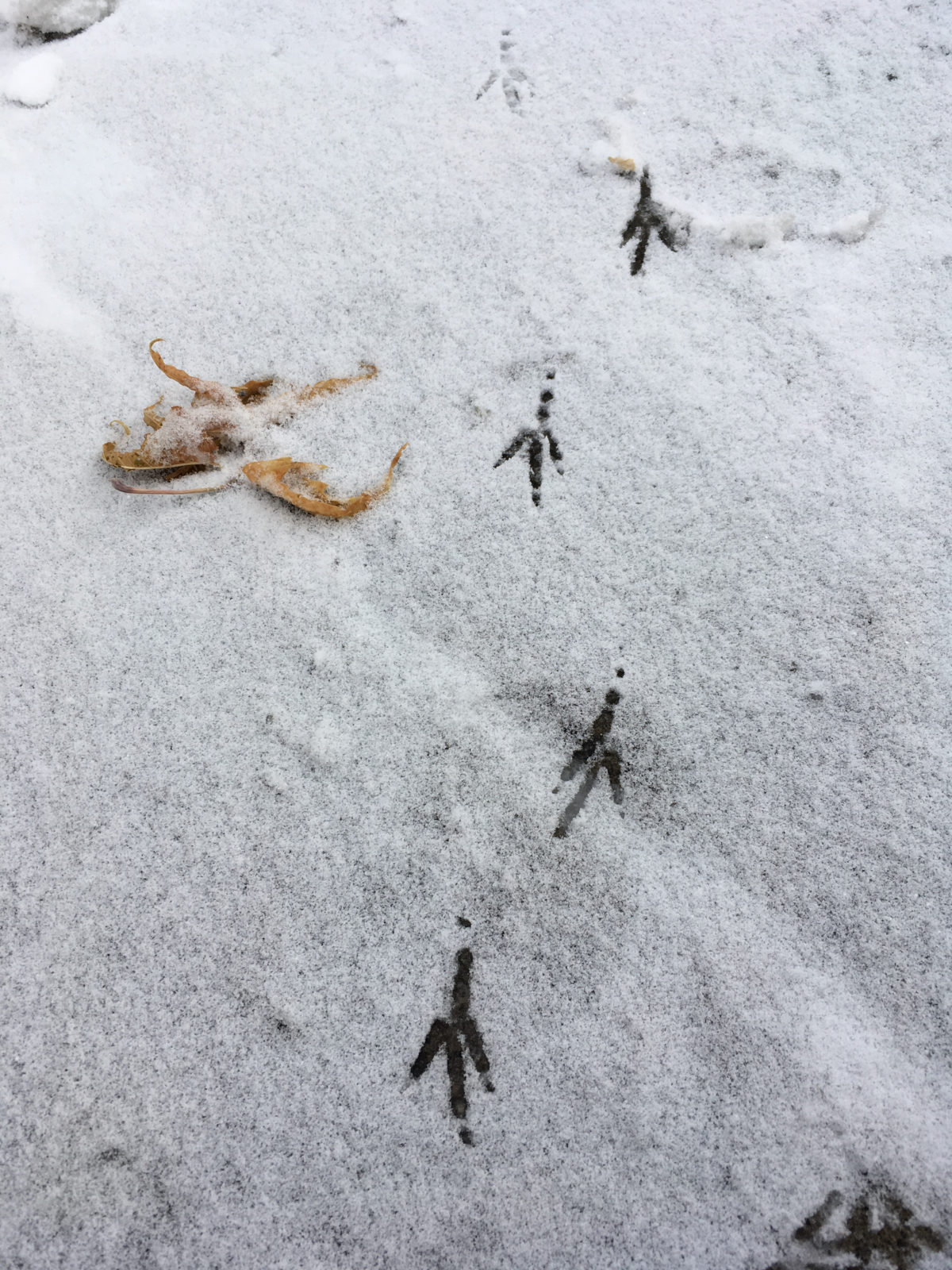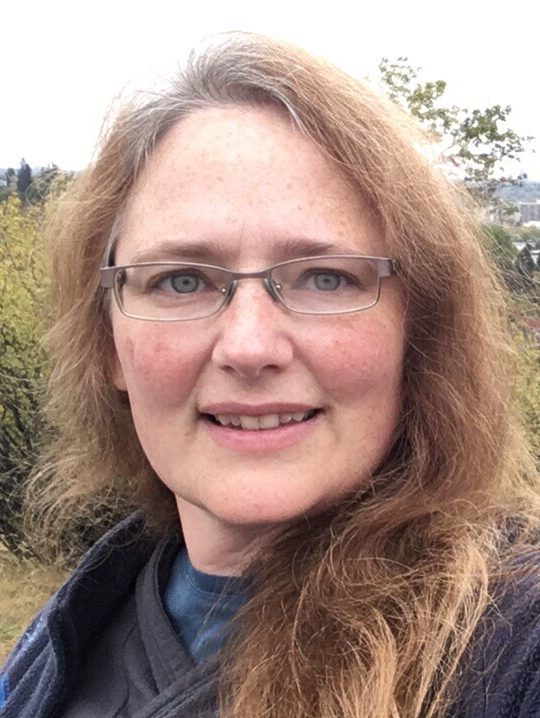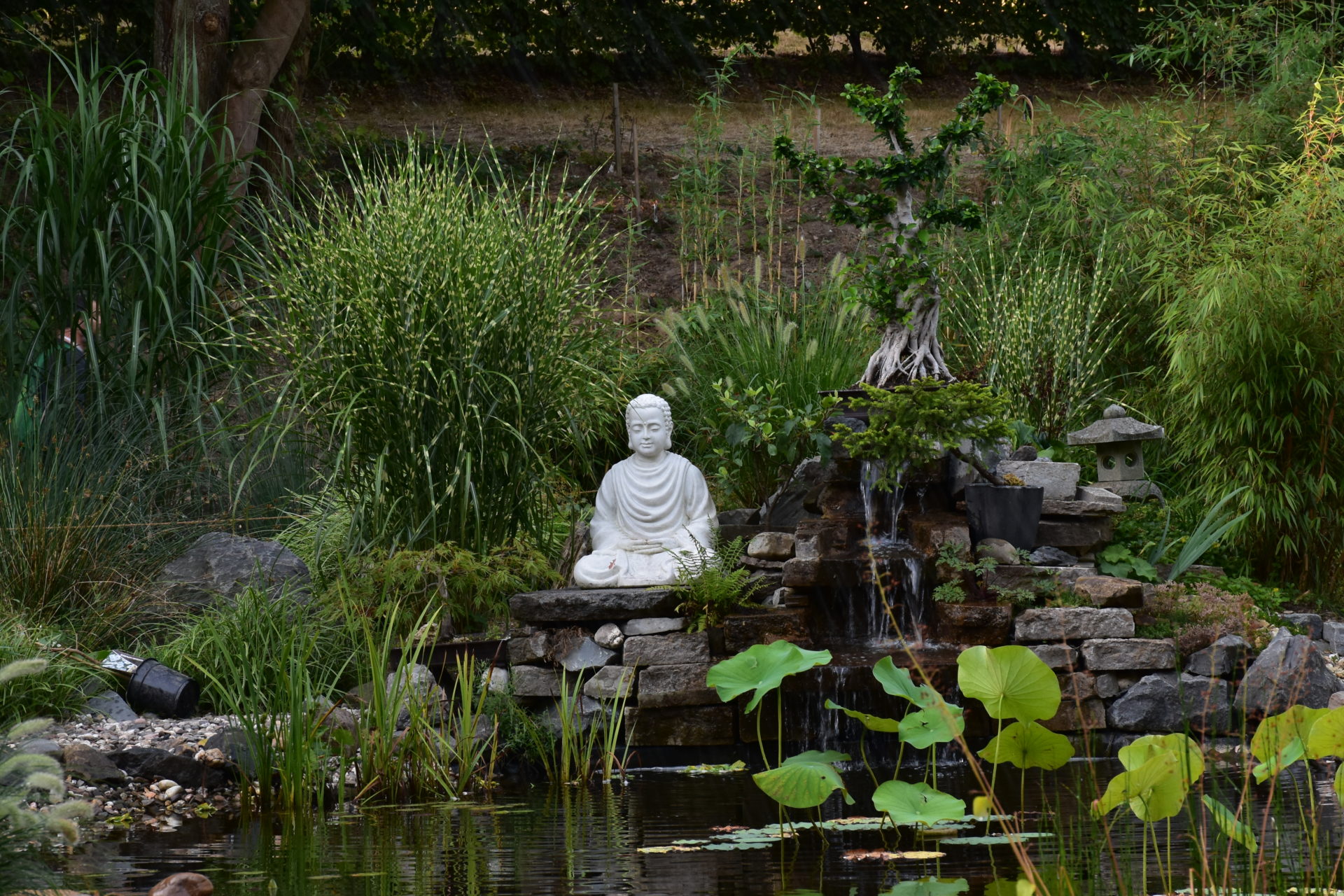By Tracey Pickup

I had wanted to find a solution to family violence without being fully present to the pain.
For most of my career I have been working on finding ways to prevent or end violence. More recently I have been gifted with work to directly serve people who experience family violence. I was surprised that shifting into this work affected the way I perceived families.
By Tracey Pickup

I had wanted to find a solution to family violence without being fully present to the pain.
For most of my career I have been working on finding ways to prevent or end violence. More recently I have been gifted with work to directly serve people who experience family violence. I was surprised that shifting into this work affected the way I perceived families. Fortunately, the Fourth Mindfulness Training provided me with guidance in developing clarity and understanding.
I started my very first shift on the family violence helpline sitting with another staff member, listening to the emergency calls as they came in. No call was exactly the same, but the voice of fear was usually present. Sometimes the callers asked for shelter. Sometimes they wanted to know how to make their partner stop hurting them. More often, they shared their story without any idea of what to ask for. Violence in the home can be simply bewildering. Sometimes the caller would describe things just as they were, desperate for an answer but with no idea where to start. My heart opened through hearing about the violence, and then my heart sought for a way to end the suffering. But there could be no immediate resolution, and my own anxiety to quickly resolve all the concerns did not help.
The callers’ suffering did not stay behind when my shift ended. Walking down the street after I left the shelter, I would see a family with young children, and my mind immediately returned to violence. In my mind violence had come to be associated with family. As a result, violence seemed to be ever present. I was not prepared for that. Despite my mindfulness, patiently observing my breath rising and falling, the rushing intensity of the pain and fear from the callers seemed to follow me wherever I went.
I wanted my callers’ suffering to end, I wanted my suffering to end, and I wanted all violence in every family to end. Being so close to their fear and desperation touched my fear and desperation.
Some of our most basic mindfulness teachings can be the greatest refuge in the worst kinds of suffering, but they can also be easy to forget.
My desire to end violence, although noble in intent, would make me less available to listen to helpline callers. When you care deeply, listening to pain is difficult, but listening with fear that the pain will not end is being a little less present. Listening with fear of what is said creates separation between the one who listens and the one who speaks.
Sometimes I was able to help by inviting the caller to a shelter or providing guidance. But leaving a violent relationship is not always possible. Leaving, when possible, is sometimes even more dangerous than staying. Every choice can seem painful. Did my wanting violence to end interfere with the choices of those I wanted to help?
My desperation to end suffering also harmed me, because I could not help in the way that was asked. Often the shelter was full, and I had to turn away more people than we accepted.
The financial resources needed to leave home are sometimes not available and not always adequate. Even with shelter and financial resources, a person can be stalked, harassed, and humiliated for years. What hope could I offer simply by listening deeply?
I feared my help would be inadequate. Someone had chosen to finally share a deep and painful secret, and I received the sharing. How could I not have a solution? How could I not be able to offer the relief they sought? The pain of this awareness tore through me every day. I suffered, deeply and personally.
“Aware that looking deeply at the nature of suffering can help us develop understanding and compassion …”
I had a well-established practice and regularly recited the mindfulness training on the awareness of suffering. I thought I understood it. I also thought I was practicing it. When it rolled off my lips, I would think, “Yes, although it is difficult, I am working on this.” But I still could not find a way out of the pain I experienced listening to fear.
Eventually, I came to see that my awareness of suffering had to become acceptance of the suffering right in front of me. The first noble truth had slipped through my fingers. I had wanted to find a solution to family violence without being fully present to the pain.
Maybe it is okay to work towards peace and to have hope. It helps when I realize that sometimes, in some ways, and for some people, we find a solution and the pain ends. But for us to be real bodhisattvas, we must continue to work for those who cannot find a way out, those who remain in the suffering.
“We are determined to come home to ourselves, to recognize, accept, embrace and listen to our own suffering with the energy of mindfulness.”
My refuge would have to become deep acceptance that violence is happening in families every day. I had to let go of the hope that one day, I would not have to face this suffering.
“We will do our best not to run away from our own suffering or cover it up through consumption but practice conscious breathing and walking to look deeply into the roots of our suffering.”
I did not stop running away overnight. In fact, years later, I still have an urge to flee from the need to face violence squarely. I still find it frightening to show up. But in the midst of this suffering, I have my practice.
Mostly, I continue my practice while accepting my desire to turn away. I watch myself, listen, observe, and cry for myself and my clients. In fact, I have learned to cry with them, when appropriate. I let the pain in—and through my accepting and being present with the fear and hopelessness, it transforms.
“We know we can realize the path leading to the transformation of suffering only when we understand deeply the roots of suffering.”
Recently, I have also come to see it is not enough simply to take refuge in awareness of suffering. It is also necessary to become much bigger in all ways, like in our beloved teacher’s poem.
“My joy is like Spring, so warm it makes flowers bloom all over the Earth. My pain is like a river of tears, so vast it fills the four oceans.”
When I look at a family now, I see that family in its wholeness. I see our shared humanity. I see how sometimes when people suffer, they turn away from peace, and how this turns into violence. I also see the yearning in every family to make things better, to have courage, and to love. It brings a much brighter joy of life because I can see all of these things when I see all families. Aware of suffering, my heart must be big enough to hold the pain alongside a joy that embraces all of it.

Tracey Pickup, True Fragrant Field, joyfully builds Sangha and supports women experiencing family violence in Calgary, Alberta, Canada. She takes refuge in family, friends, snow, and sunshine.

